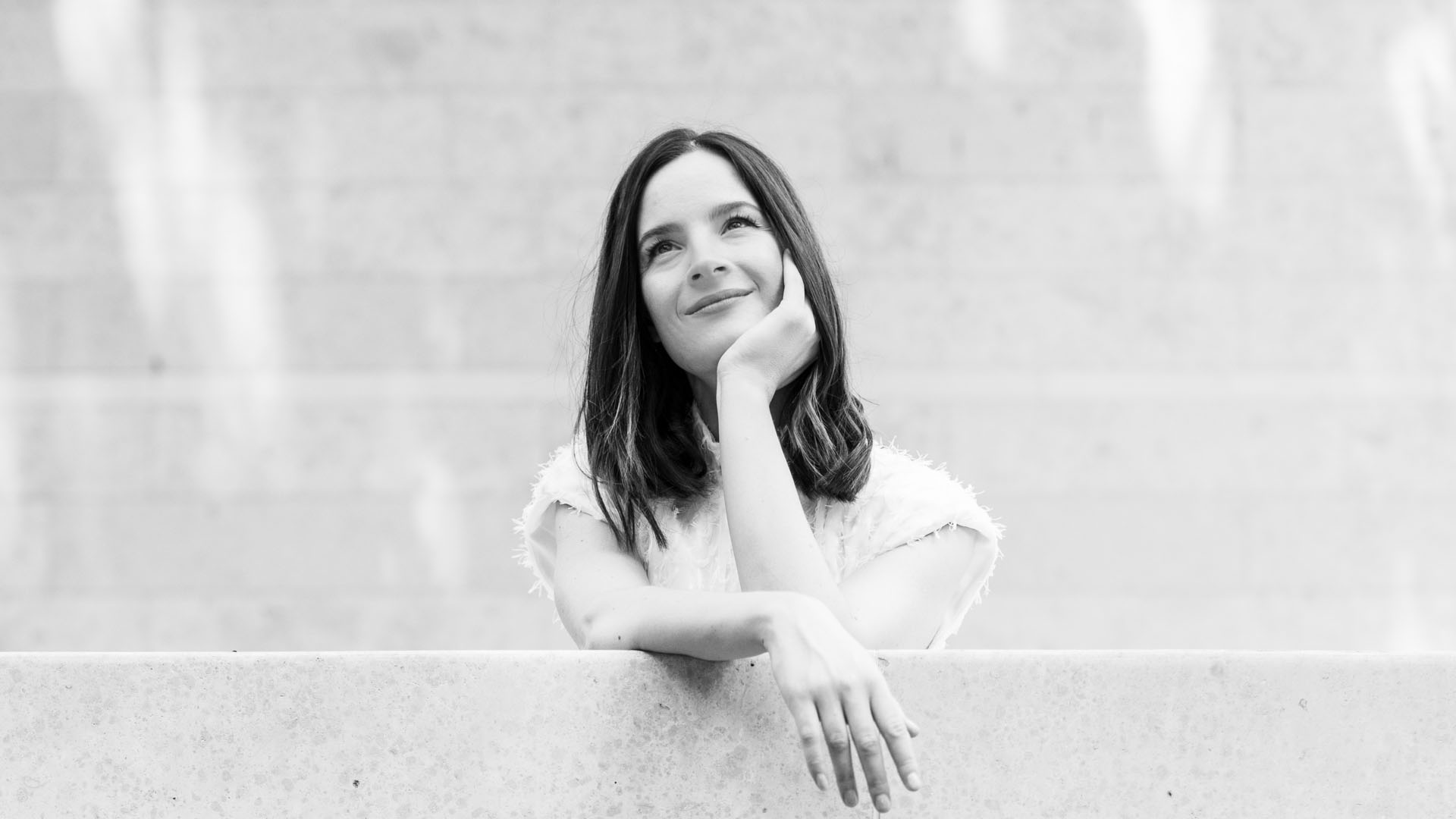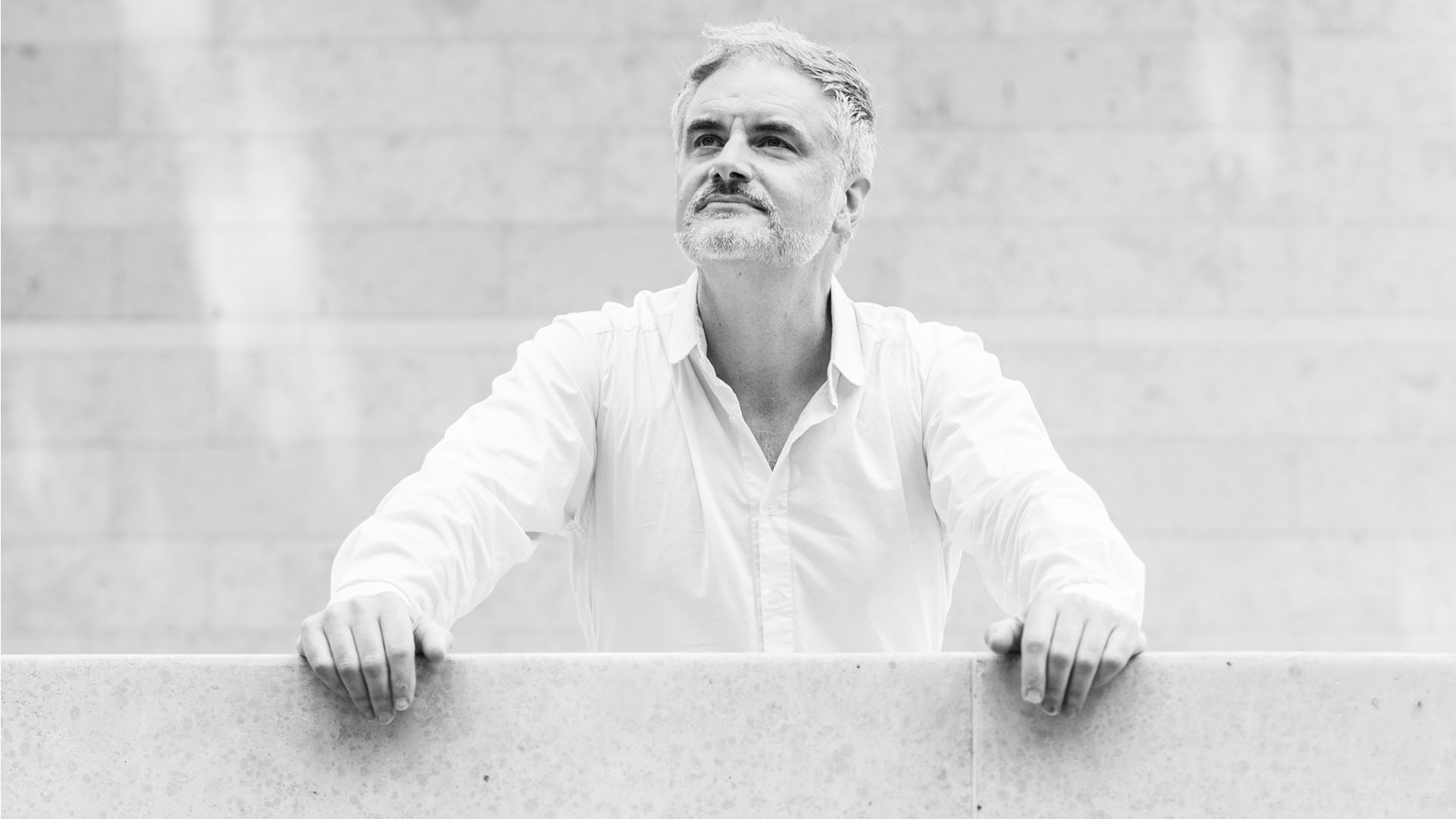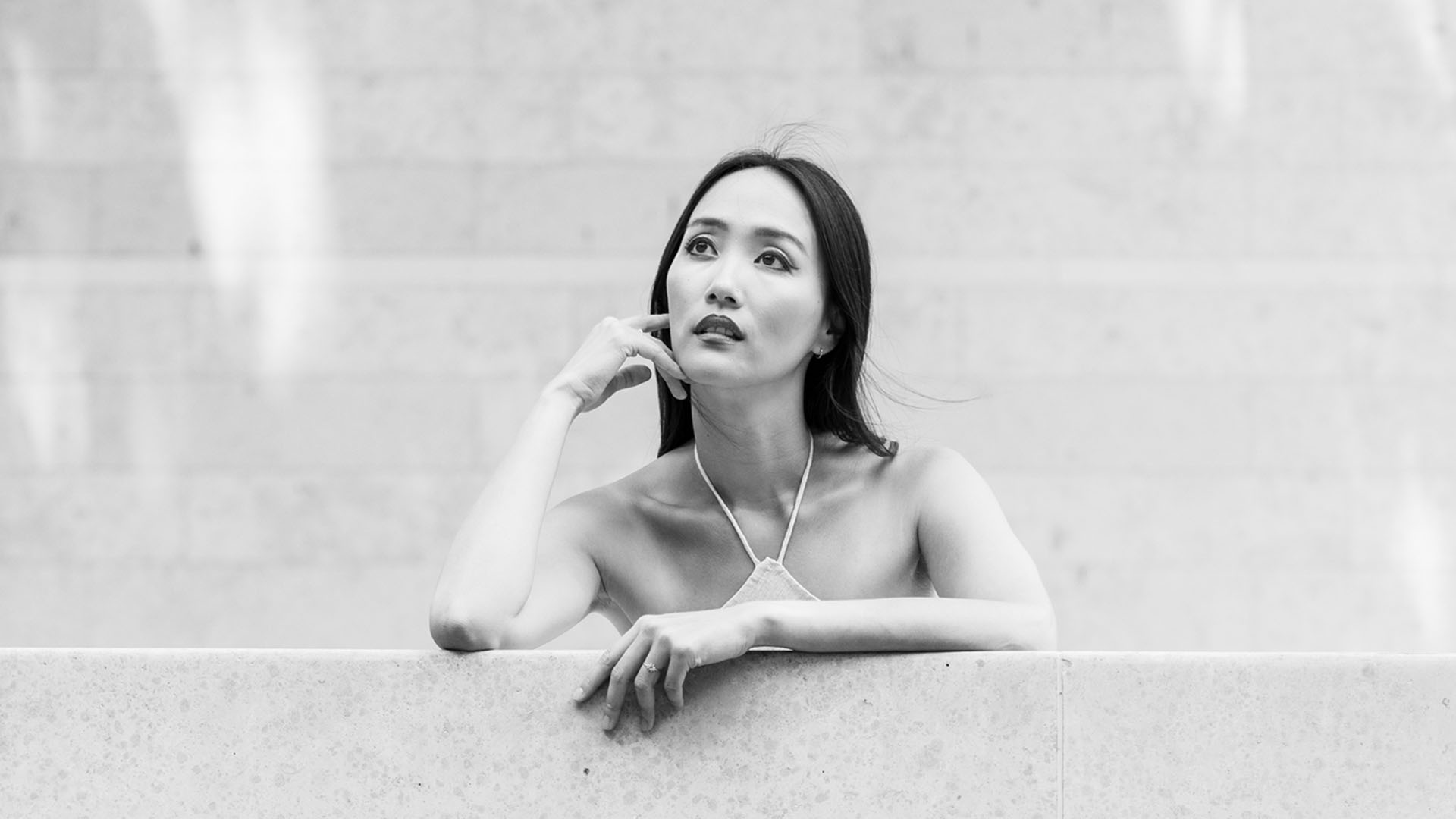Loft Series 1: Weave
26jun7:00 pmLoft Series 1: WeaveAuckland Tuesday performance
Event Details
Weave GLASS • MENDELSSOHN • GREENBAUM • BUCHANAN • SCHUMANN Ashley Brown (cello) with guest musicians Natalie Lin (violin) and Somi Kim (piano) The first in the 2018 series, Weave introduces an
Event Details
Weave
GLASS • MENDELSSOHN • GREENBAUM • BUCHANAN • SCHUMANN
Ashley Brown (cello) with guest musicians Natalie Lin (violin) and Somi Kim (piano)
The first in the 2018 series, Weave introduces an aural tapestry rich in colour and texture. The structuralist sensibility of Philip Glass (USA) and ordered tonality of Felix Mendelssohn (GER) provide a framework for the more fluid and silky sound worlds of Stuart Greenbaum (AUS) and Dorothy Buchanan (NZ), before the flat-out emotional turbulence of Robert Schumann (GER) closes the loop.
Programme:
Philip Glass (USA): Head On
Felix Mendelssohn (GER): Trio No.1 in D minor
Stuart Greenbaum (AUS): Year Without a Summer
~
Dorothy Buchanan (NZ): Trio Sound
Robert Schumann (GER): Piano Trio No. 1 in D minor
TICKETS: $50 Adult / $25 Student / $135 Series Subscription*
* Purchase a series subscription and go in the draw to win a $200 WORLD clothing voucher, or a 75 min. massage from Biodynamic Massage. Prizes drawn following the first performance of Weave, June 24th.
Time
June 26, 2018 7:00 pm(GMT+00:00)
Programme Notes
Philip GLASS (USA; b. 1937): Head On– c. 3’
It short but it’s classic! This is the first Philip Glass piece that sounds like Philip Glass. You won’t find it recorded, it wasn’t even publicly performed until 2017, and even he describes it as a ‘rarity’. He composed it for a party, specifically an old friend of his from Juilliard, Dorothy Pixley-Rothschild, who played the violin – he played the piano, another friend of theirs the cello.
“It was really obsessive music, some minutes long, which began with the players playing different melodies. With each development of the piece, the differences started to become eliminated, so that by the time we came to the end, everyone was playing together. At the very end of the piece, there was a collision of all this music—that’s why it was called “Head On”—simplifying itself until it became a single melody.”
Programme note by Charlotte Wilson.
Felix MENDELSSOHN (GER; 1809–1847): Trio No.1 in D Minor, c. 28’
Molto allegro ed agitato
Andante con moto tranquillo
Scherzo:Leggiero e vivace
Finale: Allegro assai appassionato
On Aug 17, 1838, Mendelssohn wrote to his friend Ferdinand Hiller: “A very important branch of piano music, of which I am particularly fond – trios, quartets, and other things with accompaniment – is quite forgotten now, and I feel greatly the want of something new in that line. I should like to do a little towards this, and I am thinking of writing a couple of trios.”
It was July, 1839. Mendelssohn was summering in Frankfurt, on leave from his incredibly busy life in Leipzig where he’d just wrapped up a season with the premiere of Schubert’s 9thsymphony. He was director of the Leipzig Gewandhaus, the finest orchestra in Europe, and was introducing the audience to the totally unknown Franz Schubert as well as his own special discovery, JS Bach; he conducted Bach’s choir, the Thomanchor: he directed the opera, and was basically involved in every large-scale musical institution in Leipzig. Small wonder then that he wanted to go back to his childhood love, chamber music. He hadn’t written a piano trio for almost 20 years (aged only 11, the first no longer survives) and he sent it off to Hiller for comment. Hiller’s only suggestion was to talk up the piano part, since Mendelssohn was a virtuoso pianist, after all: besides, this was the age of Chopin and Liszt and the audience expected it. Mendelssohn did, and the result was a romantic, heartfelt, ‘Song without words’ of such scintillating brilliance that it was instantly hailed as the master trio of the age.
It begins anxiously, with that great opening cello theme underpinned by an agitated, murmuring piano as if a great ocean liner is sweeping through choppy seas. The second movement is the emotional heart of the trio, with one of Mendelssohn’s loveliest tunes led by the piano, echoed by the strings. The fleet-footed scherzo, with its Hungarian gypsy overtones, is the piano showing off for Hiller – Mendelssohn was famous for his lightning fast finger-staccato and wrists! – before we get one of the most glorious finales ever written, a chorale that has been likened to several beloved Lutheran tunes but is purely Mendelssohn’s own.
Programme note by Charlotte Wilson.
Stuart GREENBAUM (AUS; B. 1966): Year without a summer– c.15’
The eruption in 1815 of Mt Tambora on the Indonesian island of Sumbawa was over four times as big as the eruption of Krakatoa later that century but perhaps not as well known. The ash and dust thrown up in the Earth’s upper atmosphere further resulted in ‘the year without a summer’ in 1816. This was by all accounts a devastating ecological event that caused unseasonal cold temperatures and widespread famine.
The first movement of this trio is short and fast, framing a dark cloud of dust approaching from the distance. Did it seem a premonition? How long did they think it would last? The longer second movement shifts forward to 1816 and contemplates the upheaval of people’s lives – of having their world turned upside-down in one way or another and having to regroup and adjust to new circumstances.
Written for, and dedicated to NZTrio, this work was commissioned by the Trans-Tasman Composer Exchange Programme administered by the AMC and SOUNZ and supported with funding from the Music Board of the Australia Council for the Arts.
Dorothy BUCHANAN (NZ; b. 1945): Trio Sound – c. 17’
One of Dorothy Buchanan’s loveliest chamber works, commissioned in 1980 just after she’d become first woman president of CANZ, and indicative of her great love of New Zealand poetry – her settings range from Katherine Mansfield and Lauris Edmond to Witi Ihimaera and, as here, the future poet laureate, Ian Wedde. He spent much of the 70s travelling in the middle east: and on his return gave her one of his poems inspired by the desert, Shaduf, to set however she pleased. She describes this trio as her interpretation of the poem in musical abstraction.
Shaduf
When that star fell in the desert
the dry socket brimmed with water.
The well looked at the heaven
they entered its dark surface
they shone there.
‘Starwater.
starwater…. Our cup
brims over in the dust!’
Be what you see.
And a tender stubble of green
spread around the crater.
Now this where you pause on your journey.
This is the place you return to
in your rage: to bathe
your eyes in starlight
drink brackish tears
sit in the cool of these outlandish trees
whose names you’ll never know
seeds dropped by some caravan lost in eternity.
They waited for the water to spring here
kissing their husks open.
Hello. Good morning
It was not a dream you dreamt.
Programme note by Charlotte Wilson.
Robert SCHUMANN (GER; 1810 – 1856):Piano Trio No. 1 in d Minor, Op.63 – c. 30’
Mit Energie und Leidenschaft
Lebhaft, doch nicht zu rasch
Langsam, mit inniger Empfindung
Mit Feuer
This is Schumann at his most romantic – the creative genius, the composing powerhouse, the Schumann that had swept Clara off her feet exactly 10 years before. He had already begun to show signs of his illness, the mental imbalance that drove him to attempt suicide in 1854 and would eventually kill him. It’s been posited that this was nothing but the mercury treatment for syphilis. But he also had it in his family: fully three of the Schumann children were to succumb to the same thing; and back in 1844, which they spent unhappily in Dresden, he had been plagued by tinnitus, phobias, nervous fits and apprehension of death. The neurasthenic symphony no 2 and piano concerto date from that period and they had cancelled his contract with the orchestra, and hurriedly turned back to Leipzig.
And there, eventually, things began to look up. 1847 began with an extensive concert tour for Clara, the pianist, and they had a wonderful spring in Prague before Schumann himself was received rapturously in Berlin – momentous for him, as for the first time, he was possibly even more famous than his wife. The summer they spent in his beloved Zwickau, where he was born and grew up until leaving for university – this is where the Schumann centre is based now – and that’s where he suddenly began composing again, completing not one but two piano trios in short succession.
No. 1 is the more mysterious of the two, inspired by Mendelssohn’s piano trio in the same key, which Schumann revered. The first movement sets the mood, a surging mix of unrest and euphoria, with mainly the piano set against the violin with wonderful effects. The dotted scherzo and flowing trio centre section drive relentlessly upward. Crises in the melody – is this a clue to Schumann’s recent experience? – lead into a beautiful third-movement duet between violin and cello; and all the uneasy parts of the whole are brilliantly wrapped up in a classic, heroic, fiery finale.
Programme note by Charlotte Wilson.



